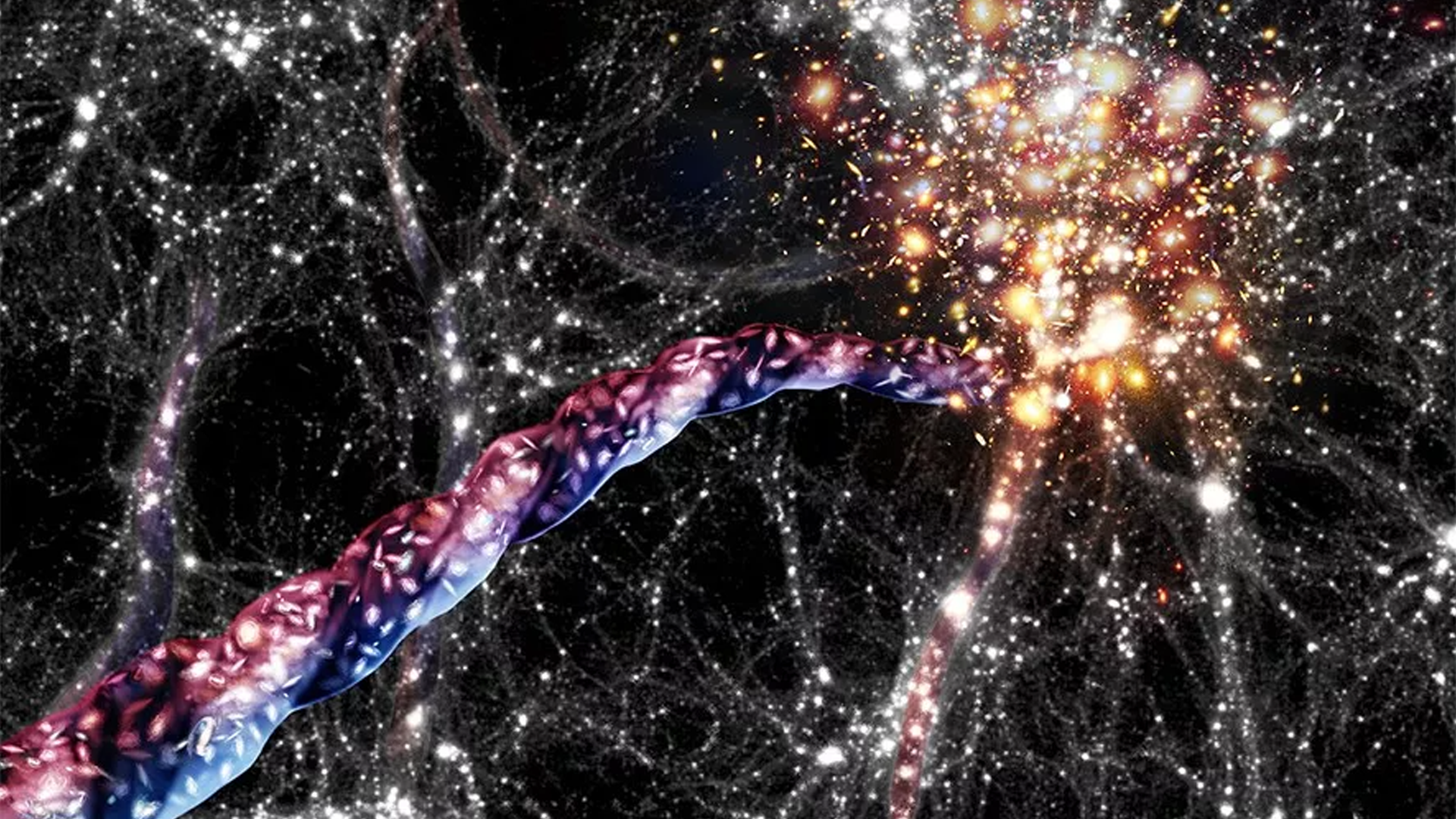#Astronomers Found An Enormous Rotating Structure in Space – Review Geek

“#Astronomers Found An Enormous Rotating Structure in Space – Review Geek”

A new scientific study found that tendrils of galaxies measuring several hundred light-years long are the largest known spinning object in our universe. These cosmic filaments are composed of multiple galaxies, making them—if you can wrap your mind around that—incredibly large.
The concept of things spinning and rotating in space isn’t one that’s new, and we know all kinds of large entities like planets, stars, and galaxies do just that. Researchers also know that groups of galaxies, or clusters of galaxies, also rotate; however, they previously didn’t think that anything larger than these clusters would have such movement.
A new study proved they were wrong.
Noam Libeskind, co-author of the study and cosmologist at the Leibniz Institute for Astrophysics Potsdam in Germany, and his colleagues were just able to determine that these filaments, in fact, do spin. “There are structures so vast that entire galaxies are just specks of dust,” he said in an interview with Space.com. “These huge filaments are much, much bigger than clusters.”
Previous research had scientists believing that gas matter from the Big Bang eventually collapsed into immense sheets, which later shifted into filaments from a large cosmic web. After using data from the Sloan Digital Sky Survey—and analyzing over 17,000 of these filaments along with the velocity of the galaxies within them—researchers have now noted that those galaxies seem to be rotating around a central axis within each filament.

The fastest speed detected was 223,700mph (or 360,000kph). The study does not suggest that every filament spins, just that rotating filaments are possible.
Researchers are now wondering why they spin, however. They don’t believe that the Big Bang would have generated this type of spin for these structures, and that the movement must have started up much later in history as matter condensed and formed into the filament. This likely would have been thanks to gravitational fields whose resulting shearing force could have created that material.
Libeskind notes that still “We’re not really sure what can cause a torque on this scale.” New studies are probably already underway to further study and understand the origins of such colossal filament spin through a variety of computer simulations. Astronomers have also recently learned more about early spiral galaxy formations and what causes the Northern Lights. If you ask me, this is all some pretty exciting stuff!
via Space.com
If you liked the article, do not forget to share it with your friends. Follow us on Google News too, click on the star and choose us from your favorites.
For forums sites go to Forum.BuradaBiliyorum.Com
If you want to read more like this article, you can visit our Technology category.




